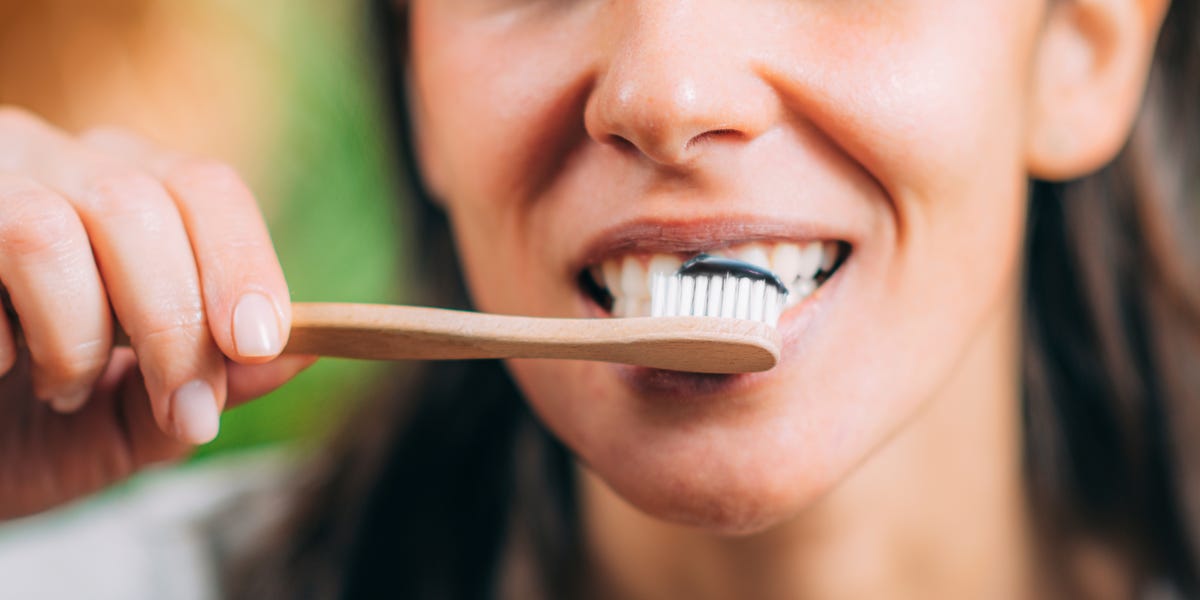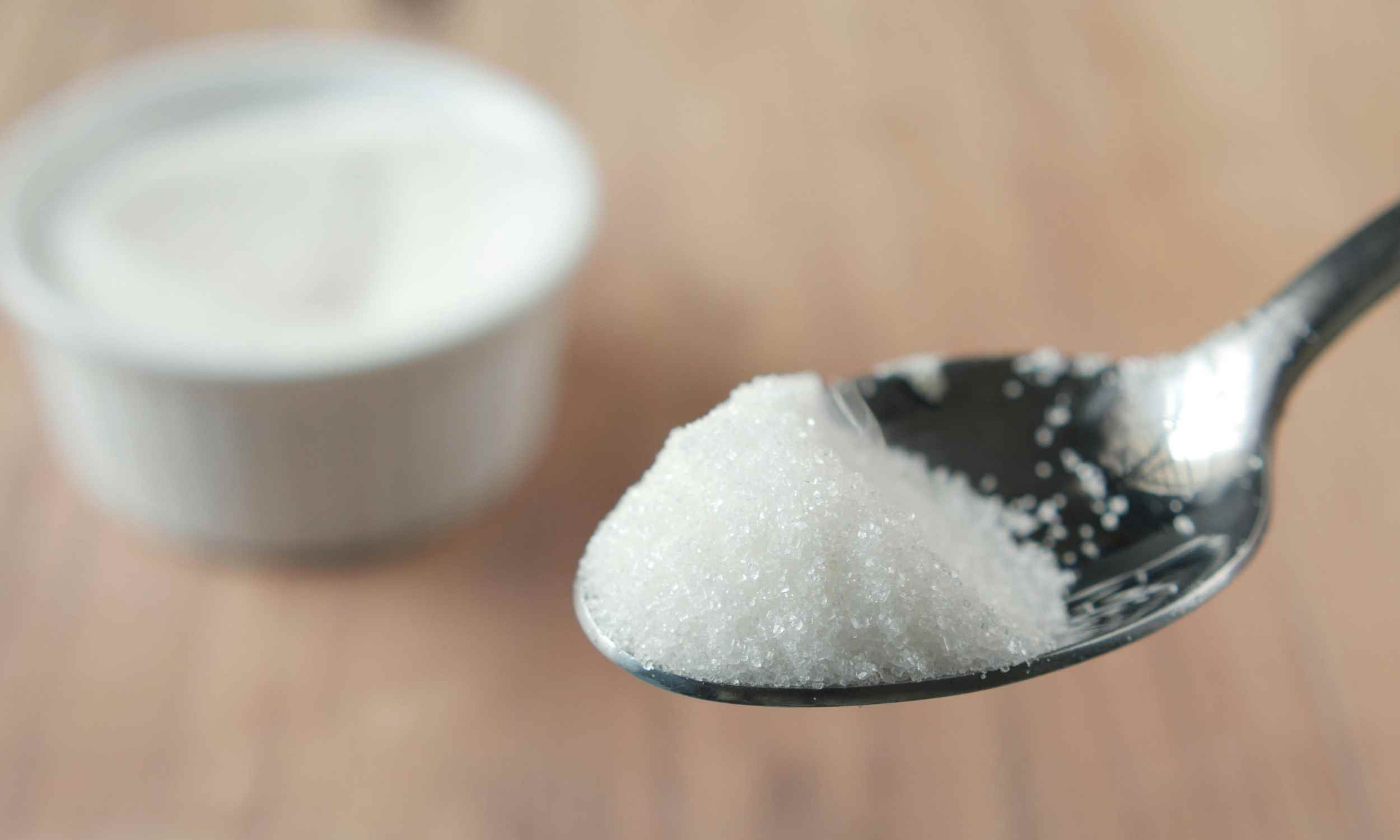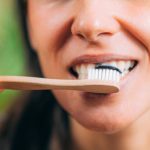A lab team in North Carolina reports that a compound formed when people consume sucralose can damage DNA. The same compound also appears in trace amounts in some store bought sucralose.
The team used human cells and lab grown gut tissue to probe effects of sucralose byproducts. A new study mapped DNA damage, gut barrier changes, and gene activity.
“Our new work establishes that sucralose-6-acetate is genotoxic,” says Susan Schiffman, corresponding author of the study and an adjunct professor in the joint department of biomedical engineering at North Carolina State University (NCSU) and the University of North Carolina at Chapel Hill (UNC).
They also profiled shifts in gene activity inside intestinal cells and checked drug processing enzymes. Signals tied to inflammation rose, and two enzyme families showed inhibition in test tube studies.
Here genotoxic, harms DNA and can trigger mutations, was the focus. Researchers used validated screens to check for strand breaks and chromosome changes.
How sucralose damages DNA
The team tracked sucralose-6-acetate, an impurity and metabolite of sucralose. They reported trace levels in some products, up to 0.67 percent.
“We also found that trace amounts of sucralose-6-acetate can be found in off-the-shelf sucralose, even before it is consumed and metabolized,” said Schiffman. That matters because the compound can form in the gut and may add to total exposure.
Rats dosed with sucralose formed acetylated metabolites and retained sucralose in fat after dosing stopped, a finding that hints at persistence. Those metabolites included sucralose-6-acetate detected in urine and feces.
Signals from the gut barrier
In gut tissue, both chemicals lowered transepithelial electrical resistance, a measure of gut barrier tightness. That change means the barrier leaked more and let larger molecules pass.
The tests identified the compound as clastogenic, meaning it causes DNA strand breaks. A separate micronucleus assay, which detects chromosome damage, confirmed the same effect.
A micronucleus, a small DNA containing body, forms when chromosomes are harmed. The test showed more micronuclei after exposure.
These laboratory systems cannot replicate a whole human body. They are useful when they reveal several risks that align across independent tests.
How much is too much
European regulators use a threshold for genotoxic substances of 0.15 micrograms per person per day. The authors argue one daily sucralose sweetened drink could exceed that amount.
The threshold is a screening tool, not a verdict on risk. It signals where exposures call for closer checks. This value reflects a level tied to very low lifetime cancer risk.
It helps flag substances that deserve careful tracking in foods. That does not set a diet rule for individuals. It sets a bright line for regulators to prioritize testing.
Where policy stands now
The FDA approved sucralose for use in foods in 1998, in a final rule. Approval expanded a year later to general purpose use.
Regulatory limits focus on sucralose, not its trace impurities or gut made byproducts. The new data suggest those pieces deserve attention.
Most safety decisions relied on older animal studies and small human trials. Those assessments did not test sucralose-6-acetate in modern human tissue models.
Future reviews may weigh impurity levels and metabolites alongside the parent sweetener. They may also consider combined exposures from food and gut chemistry.
What this means now
Typically results here come from lab systems, not long human trials. That context matters for how we interpret any hazard.
Still, the pattern spans several signals in cells and tissues. It links DNA breaks, barrier changes, and altered gene activity.
Further work should measure real world exposure in people over time. That includes blood levels, urine markers, and gut barrier function.
Studies that track specific patient groups would help clarify risks. They can focus on people who consume sucralose daily.
Calls for regulatory review
Regulators approved sucralose decades ago based on early data that found no DNA damage or gut effects. Those studies predated modern toxicogenomics, the study of how genes respond to chemical exposure.
The new findings suggest the tests used for sucralose may have missed subtle but important genetic changes. If confirmed by independent teams, these results could trigger a re-evaluation of the sweetener’s safety status.
Agencies often revisit food additive approvals when new molecular evidence points to genotoxicity or metabolic interference. A risk review would compare exposure levels in actual diets with the lab concentrations that caused DNA damage and barrier breakdown.
Sucralose, DNA, and future health
Check labels and choose products that match your preferences. If you are on drugs processed by cytochrome P450, liver enzymes that process many drugs, ask your clinician about diet.
People who prefer to minimize artificial sweeteners can switch to unsweetened options. Anyone with questions about diet and medications should consult a health professional.
Small changes add up when you repeat them every day. Choosing water more often can lower any exposure without much fuss.
Researchers also need clear human data to test real world exposure. Those studies can look at blood markers, gut leak, and timing.
The study is published in Journal of Toxicology and Environmental Health, Part B.
—–
Like what you read? Subscribe to our newsletter for engaging articles, exclusive content, and the latest updates.
Check us out on EarthSnap, a free app brought to you by Eric Ralls and Earth.com.
—–
First Appeared on
Source link













